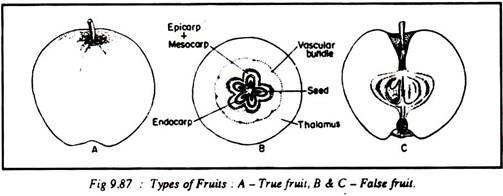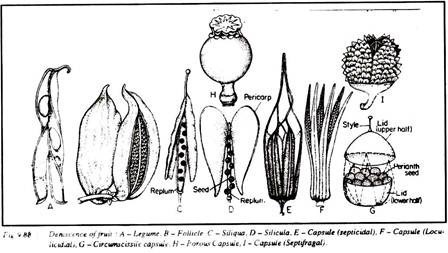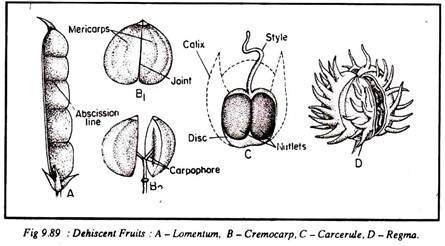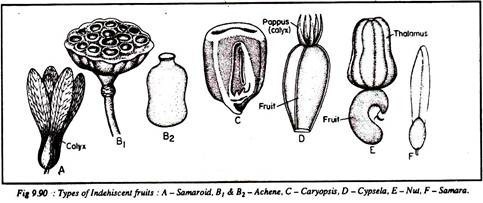ADVERTISEMENTS:
The below mentioned article provides notes on hydrocarbon metabolism in organisms.
Hydrocarbons are organic compounds containing carbon and hydrogen. The simplest hydrocarbon is methane (CH4). A host of bacteria can also use other hydrocarbons like alkanes, alkenes, cyclic and aromatic compounds. Alkanes are linear saturated hydrocarbons having the general formula CH3-(CH2)n-CH3, while alkenes are unsaturated linear molecules.
Some examples of these hydrocarbons are:
Among the different types of hydrocarbons, n-alkanes are readily attacked and metabolized by microorganisms. In contrast, unsaturated hydrocarbons — and the cyclic and aromatic ones — are more resistant to microbial attack. Hydrocarbon-metabolizing microorganisms are ubiquitously distributed in soil and fresh water as well as in marine environments.
More than 100 species of bacteria, yeasts and fungi are known to possess the ability to grow in presence of various hydrocarbons utilized as the sole carbon and energy source. Among the more well-known genera are Pseudomonas, Arthrobacter, Achromobacter, Acinetobacter, Micrococcus, Mycobacterium, Nocardia, Brevibacterium, Corynebacterium, Vibrio etc. among bacteria, and Candida, Rhodotorula, Sporobolomyces etc. among yeasts. Most of these organisms attack alkanes. Aromatic hydrocarbons can also be degraded by several bacteria and yeasts, specially pseudomonads, mycobacteria and some spore-formers.
n-Alkanes are metabolized usually by a monotenninal oxidation to produce a primary alcohol. The enzymes are called monooxygenases and requires oxygen and NADH2.
The primary alcohol is next oxidized by an NAD-linked dehydrogenase to produce the corresponding aldehyde.
The aldehyde is next oxidized to produce the corresponding acid which is a fatty acid. The fatty acid is further metabolized by the –oxidation pathway to form acetyl-CoA which is end oxidized via TCA cycle and electron transport chain yielding ATP.
Aromatic rings are cleaved through oxygenases which incorporate molecular oxygen into the substrate. These enzymes are of two types — monooxygenase and di-oxygenase depending on whether one or two oxygen atoms are added into the molecule. In cleavage of aromatic compounds, both types of oxygenases take part.
As a preparatory step to ring cleavage, the substrate, i.e. the aromatic compound, is converted to ortho- or para- dihydroxy phenyl derivative. Side groups, if any, present in the aromatic ring are removed prior to cleavage. Then through the action of di-oxygenase, two oxygen atoms are introduced into the ring resulting in cleavage and production of a dicarboxylic acid.
The dicarboxylic acid is further metabolized to produce 3-keto adipic acid via muconolactone which forms succinyl-CoA and acetyl- CoA. These are then further degraded via TCA cycle and electron transport system to yield CO2, H2O and ATP.




